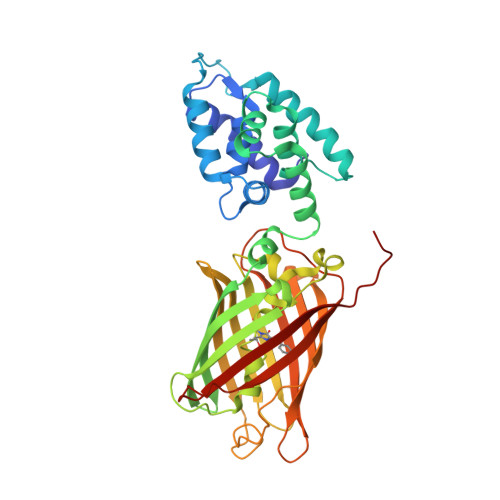Structural mapping of the ClpB ATPases of Plasmodium falciparum: Targeting protein folding and secretion for antimalarial drug design.
AhYoung, A.P., Koehl, A., Cascio, D., Egea, P.F.(2015) Protein Sci 24: 1508-1520
- PubMed: 26130467
- DOI: https://doi.org/10.1002/pro.2739
- Primary Citation of Related Structures:
4IOD, 4IRF, 4XBI - PubMed Abstract:
Caseinolytic chaperones and proteases (Clp) belong to the AAA+ protein superfamily and are part of the protein quality control machinery in cells. The eukaryotic parasite Plasmodium falciparum, the causative agent of malaria, has evolved an elaborate network of Clp proteins including two distinct ClpB ATPases. ClpB1 and ClpB2 are involved in different aspects of parasitic proteostasis. ClpB1 is present in the apicoplast, a parasite-specific and plastid-like organelle hosting various metabolic pathways necessary for parasite growth. ClpB2 localizes to the parasitophorous vacuole membrane where it drives protein export as core subunit of a parasite-derived protein secretion complex, the Plasmodium Translocon of Exported proteins (PTEX); this process is central to parasite virulence and survival in the human host. The functional associations of these two chaperones with parasite-specific metabolism and protein secretion make them prime drug targets. ClpB proteins function as unfoldases and disaggregases and share a common architecture consisting of four domains-a variable N-terminal domain that binds different protein substrates, followed by two highly conserved catalytic ATPase domains, and a C-terminal domain. Here, we report and compare the first crystal structures of the N terminal domains of ClpB1 and ClpB2 from Plasmodium and analyze their molecular surfaces. Solution scattering analysis of the N domain of ClpB2 shows that the average solution conformation is similar to the crystalline structure. These structures represent the first step towards the characterization of these two malarial chaperones and the reconstitution of the entire PTEX to aid structure-based design of novel anti-malarial drugs.
Organizational Affiliation:
Department of Biological Chemistry, David Geffen School of Medicine, UCLA, Los Angeles, California.
















